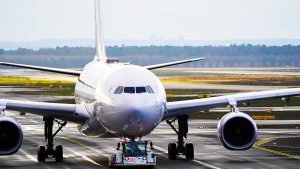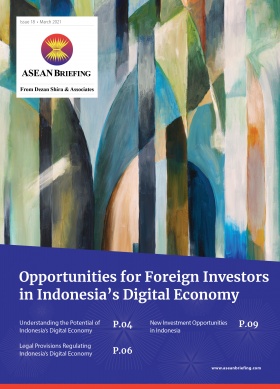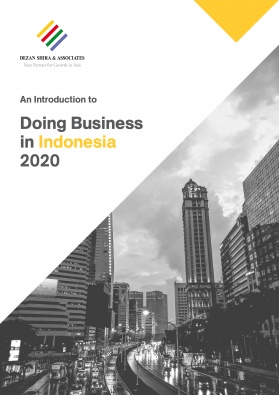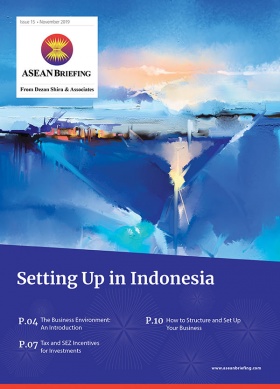Opportunities in Malaysia’s Rubber Glove Industry
The upsurge in global demand for PPE presents many scalable opportunities in Malaysia’s rubber glove industry.
Bukalapak Becomes Indonesia’s First Listed Tech Unicorn
Indonesian e-commerce platform Bukalapak became the country’s first listed tech unicorn as the company made its debut on the Indonesian Stock Exchange.
Thailand’s Sandbox Reopening: Implications for Tourism in Southeast Asia
Since July 2021, Thailand has allowed foreign travelers to enter the island of Phuket via the Phuket Sandbox program.
Why Investors Should Consider Vietnam’s Electric Vehicle Market
There are increasing opportunities in Vietnam’s electric vehicle market, especially for investors looking to establish production facilities.
Indonesia’s Batam Receives Two New Special Economic Zones
Indonesia is set to open two new special economic zones in the island city of Batam with the aim to develop the digital economy, data centers, logistics, tourism, and aviation industries.
ASEAN, EU Agree to World’s First Bloc-to-Bloc Air Transport Agreement
ASEAN and the EU have agreed to the world’s first bloc-to-bloc air transport agreement through the ASEAN-EU Comprehensive Air Transport Agreement.
BioNTech to Build Vaccine Manufacturing Site in Singapore
Biotechnology company BioNTech will establish its Asia-Pacific regional headquarters in Singapore, where it will also establish an mRNA manufacturing facility.
Indonesia to Build Electric Vehicle Battery Plant, Production Starting in 2023
Indonesia will build its first electric vehicle battery plant and aims to begin production by 2023, in a project estimated to be valued at US$9.8 billion.
Malaysia and Thailand Launch QR Payment Linkage
On June 18, 2021, Malaysia and Thailand launched a cross-border quick response (QR) payment linkage to enable businesses and consumers from both countries to receive instant QR code payments.
Tokopedia and Gojek Merger Creates Indonesia’s Largest Digital Services Company
Indonesia’s biggest internet companies Gojek and Tokopedia announced a US$18 billion merger in what is the country’s largest-ever business deal.

















